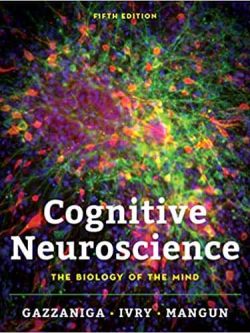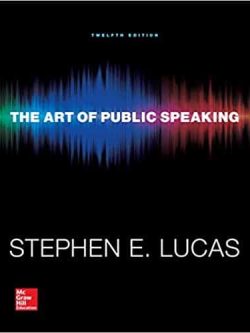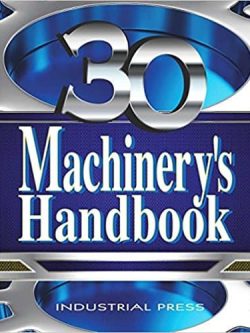Specifications
| book-author | Gregory N. Mankiw |
|---|---|
| file-type | |
| isbn10 | 1319387993 |
| isbn13 | 9781319387990 |
| language | English |
| publisher | Worth Publishers |
Book Description
“Macroeconomics” by Gregory N. Mankiw is a widely used textbook that offers a comprehensive introduction to the principles and theories of macroeconomics. Here's an overview of what readers can expect from the 11th edition:
- Introduction to Macroeconomics: The book begins with an introduction to the fundamental concepts of macroeconomics, including the measurement of economic performance, such as gross domestic product (GDP), inflation, and unemployment. It also introduces key macroeconomic models and theories.
- Aggregate Demand and Aggregate Supply: Readers are introduced to the concepts of aggregate demand and aggregate supply, which are central to understanding the determination of output, employment, and price levels in the economy. The book discusses factors that influence aggregate demand and aggregate supply, such as consumption, investment, government spending, and net exports.
- The Keynesian Model: The text explores the Keynesian model of macroeconomic equilibrium, which emphasizes the role of aggregate demand in determining output and employment levels in the short run. Readers learn about the components of aggregate demand, the multiplier effect, and the role of fiscal and monetary policy in stabilizing the economy.
- The Neoclassical Synthesis: It discusses the neoclassical synthesis, which integrates Keynesian economics with classical economics. The book examines how the economy adjusts to equilibrium in the long run through flexible prices and wages, the natural rate of unemployment, and the role of aggregate supply shocks.
- Money and Banking: The text covers the role of money and the banking system in the economy, including the functions of money, the Federal Reserve System, monetary policy tools, and the money supply process. Readers learn about the relationship between money, interest rates, and economic activity.
- Inflation: It examines the causes and consequences of inflation, including demand-pull and cost-push inflation, the Phillips curve, and the trade-off between inflation and unemployment. The book discusses the role of monetary policy in controlling inflation and maintaining price stability.
- Unemployment: The book explores the causes and types of unemployment, including frictional, structural, and cyclical unemployment. Readers learn about the natural rate of unemployment, the labor market, and policies aimed at reducing unemployment.
- Economic Growth: It discusses the determinants of long-term economic growth, including productivity, capital accumulation, technological progress, and the role of government policies in fostering economic growth. Readers explore theories of economic growth and their implications for living standards and prosperity.
- International Trade and Finance: The text examines the principles of international trade and finance, including comparative advantage, exchange rates, balance of payments, and trade policy. Readers learn about the gains from trade, trade barriers, and the effects of exchange rate fluctuations on the economy.
- Fiscal Policy: The book covers fiscal policy, including government spending, taxation, budget deficits, and fiscal policy tools for stabilizing the economy. Readers explore the role of automatic stabilizers and discretionary fiscal policy in addressing economic fluctuations.
“Macroeconomics” by Gregory N. Mankiw provides students with a solid foundation in macroeconomic theory and its applications to real-world economic issues. It is known for its clear writing style, intuitive explanations, and relevant examples, making it accessible to students of all backgrounds.










Reviews
There are no reviews yet.